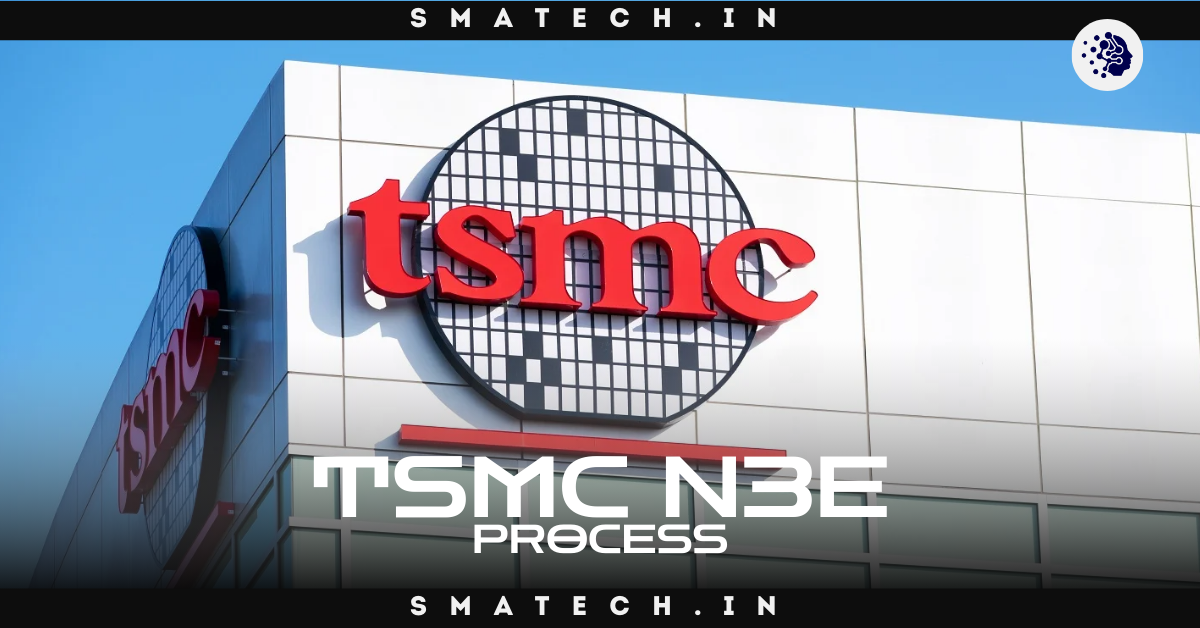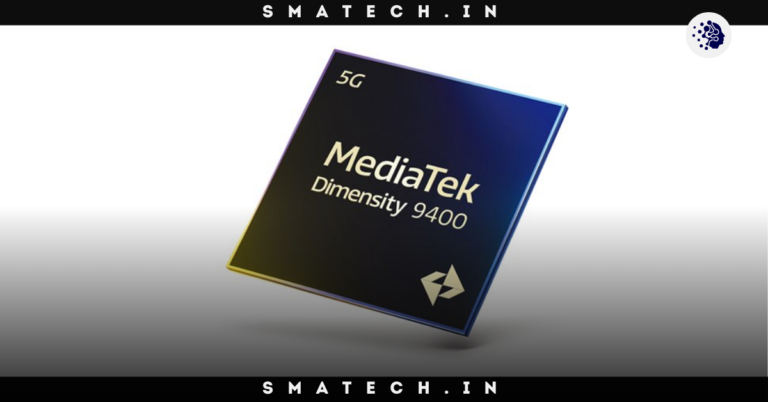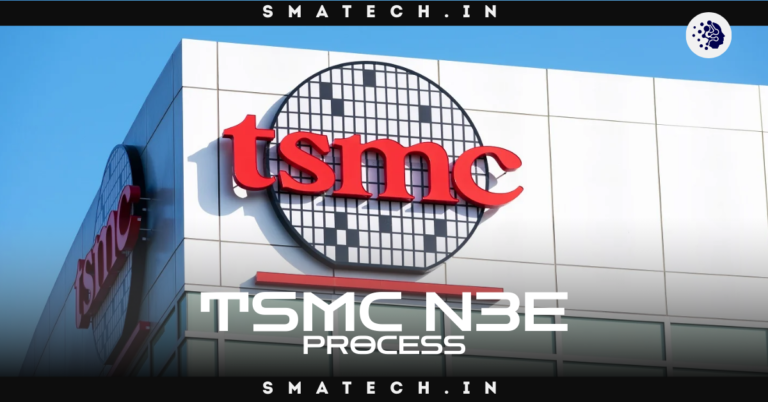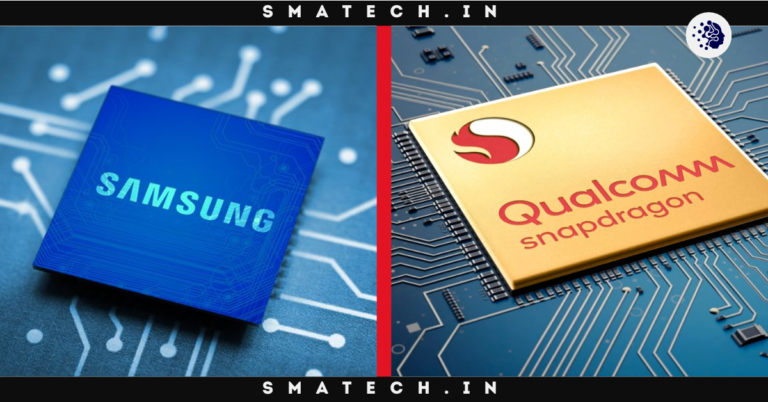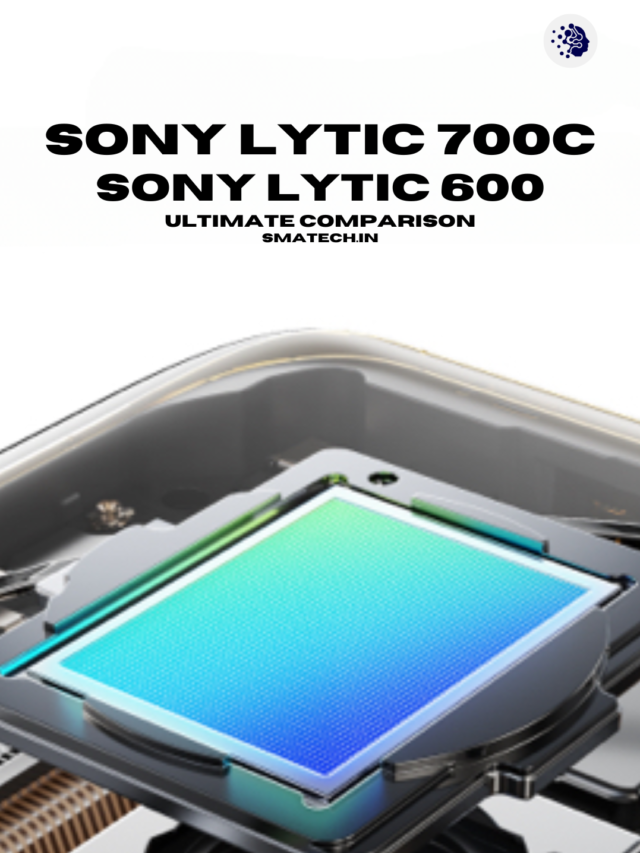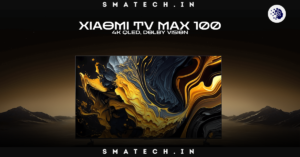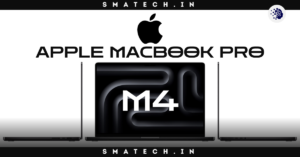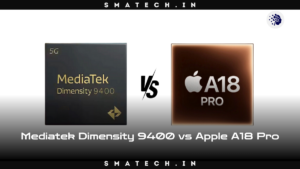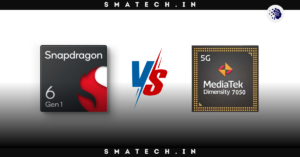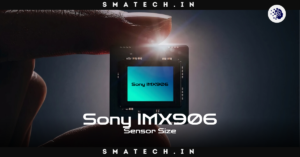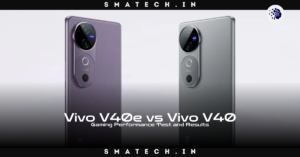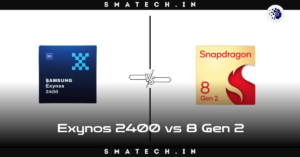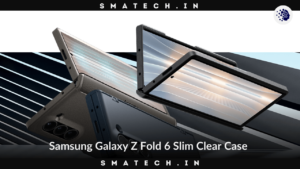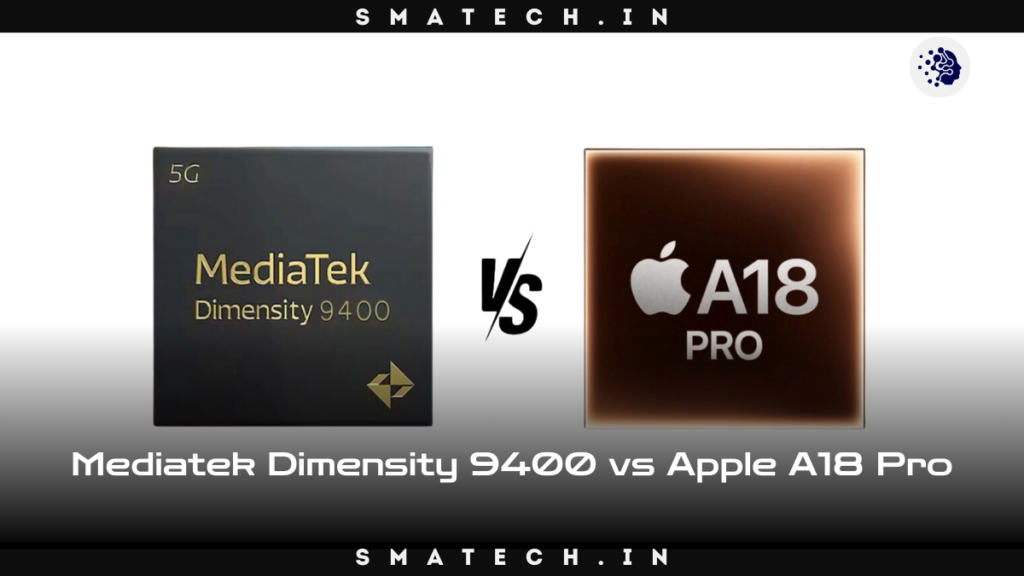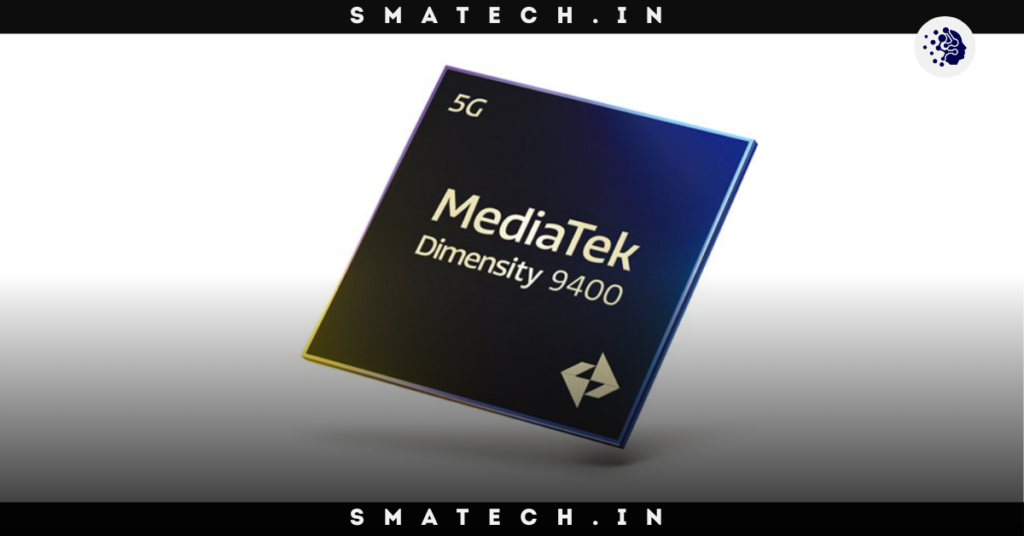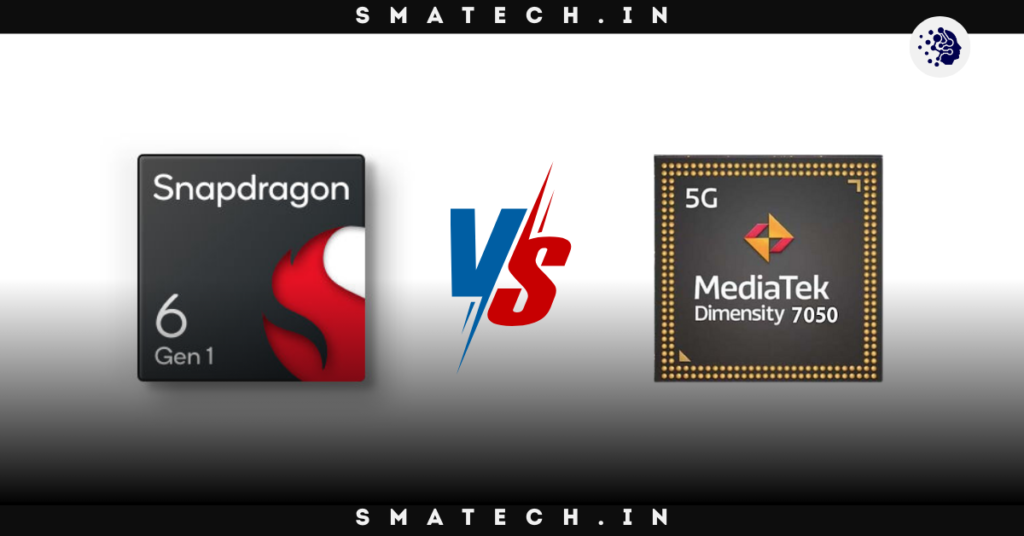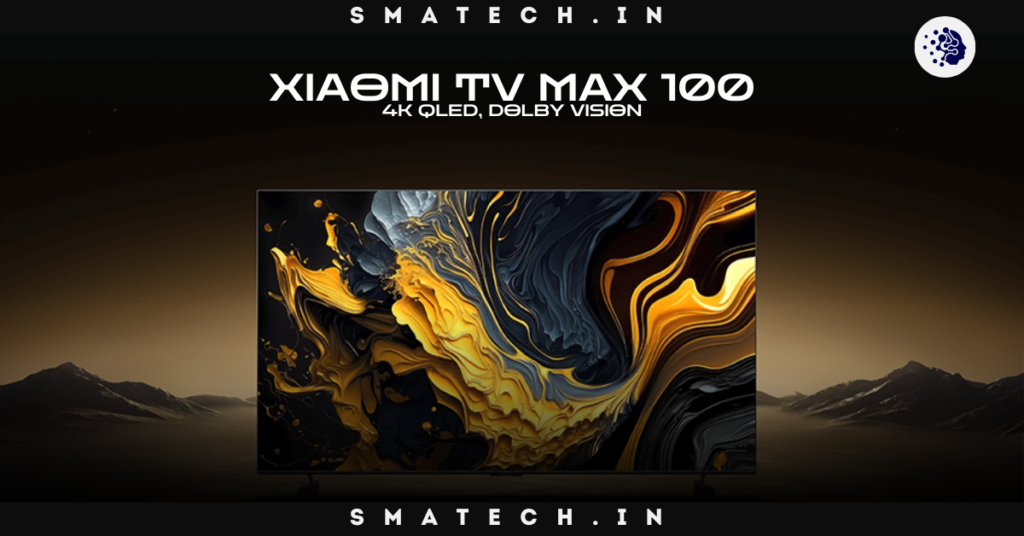The TSMC N3E Process represents a noteworthy turning point in the semiconductor manufacturing industry and offers a singular chance to transform the market for System-on-a-Chip (SoC) prices. The implications of this sophisticated manufacturing process, as the semiconductor industry continues to develop, go far beyond performance and affect consumer choices, economic factors in tech, and budget-friendly options in the marketplace. This article examines how the TSMC N3E process affects SoC prices and how it will affect mobile technologies in the future.
Understanding the TSMC N3E Process
A state-of-the-art technological node called TSMC N3E Process employs a 3nm fabrication process and incorporates state-of-the-art methods including extreme ultraviolet (EUV) lithography. Performance will be increased, transistor density will be increased, and power consumption will be greatly decreased by this approach. In order to satisfy the increasing demand for high-performance flagship SoCs in a variety of consumer devices, such as smartphones and tablets, TSMC is pushing the envelope of technological feasibility.
Advantages of the TSMC N3E Process
- Higher Performance: When compared to its predecessors, the N3E method offers better performance characteristics. Chip makers are able to create flagship chipsets with reduced power consumption and unmatched performance by improving transistor efficiency.
- Cost-Effectiveness: It is anticipated that the initial high manufacturing costs will gradually decrease as the industry adopts the N3E process. Positively impacting SoC pricing, higher yields from the manufacturing process will eventually result in a decrease in the cost of production.
- Enhanced Energy Efficiency: Energy efficiency was taken into consideration when designing the N3E process. In addition to helping to comply with regulations, this also gives customers longer-lasting equipment, which raises customer satisfaction levels all around.
Related Post
Impact on SoC Pricing
Semiconductor pricing is expected to undergo a radical change with the debut of the TSMC N3E process. Improved production processes should result in the following significant price changes for flagship SoCs:
- Initial Costs: Because of the intricacy of the technology, switching to the N3E method may initially result in higher manufacturing costs. Prices will probably level off when manufacturing expands and efficiencies are realized, though.
Market Competition: More firms will probably compete more as a result of the N3E process’s implementation. Businesses that use N3E technology will be in a better position to maintain performance requirements and offer competitive pricing.
Price of Consumer Electronics: The effectiveness of SoCs generated through the N3E process will ripple through to the cost of consumer electronics. Expect more affordable options on the market as manufacturers reduce their production costs.
Flagship SoCs Powered by TSMC N3E
Dimensity 9400 Specs
One of the flagship chipsets made with the TSMC N3E process is the Dimensity 9400. It incorporates AI capabilities and has a sophisticated CPU design to improve performance overall. The Dimensity 9400 distinguishes itself as a top choice for mobile devices with enhanced graphics rendering and compatibility for high-refresh-rate displays.
Snapdragon SM8750 Features
Similar to this, Qualcomm’s Snapdragon SM8750 achieves remarkable performance and power efficiency by utilizing the TSMC N3E process. This chipset offers improvements in AI processing, photography features, and gaming capabilities, catering to high-end smartphones. Snapdragon may now achieve cost-effectiveness and improve performance benchmarks because of the switch to the N3E process.
Performance Analysis
Benchmarking the N3E Process
Based on multiple performance benchmarks, chipsets manufactured using the TSMC N3E process perform much better than their predecessors. Experiments show that processing power can be increased by up to 20% while power consumption can be decreased by roughly 30%. For users who require high-performance gadgets that can manage gaming, streaming, and multitasking without sacrificing battery life, these measures are essential.
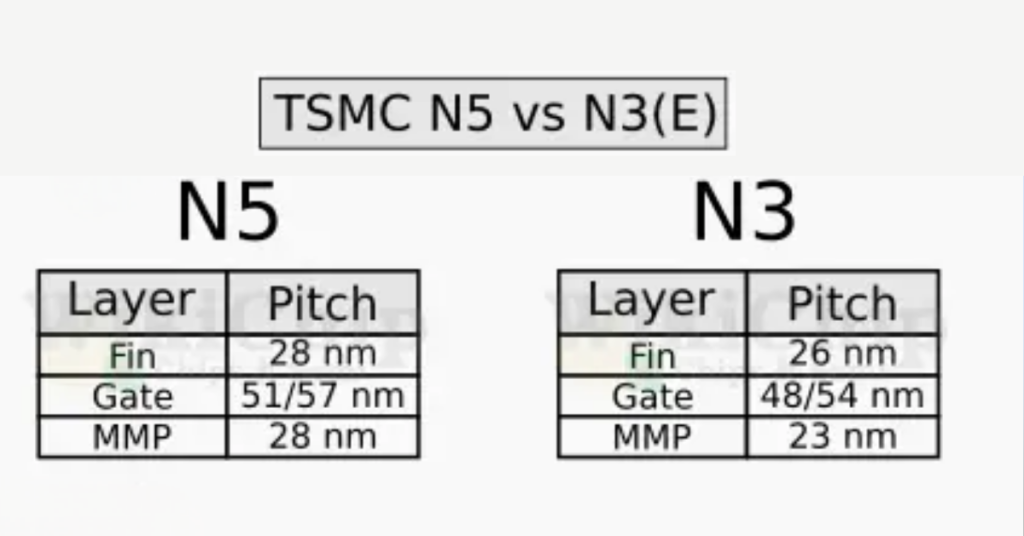
Economic Factors in Tech
Numerous factors impact the semiconductor industry’s economic landscape, including:
- Supply Chain Dynamics: The worldwide semiconductor supply chains are impacted by the TSMC N3E process, which results in a greater level of cooperation between suppliers and manufacturers. The timeliness of manufacturing can be improved and expenses can be reduced using this synergy.
Technological Advancements: Innovation and the advancement of the industry are fostered by sustained investment in research and development for new semiconductor processes. The N3E process’s launch is evidence of how chip manufacturing technologies are still developing.
- Global Demand: Semiconductor industry trends show that as demand for sophisticated mobile processors rises, so does investment in and allocation of resources to more productive manufacturing techniques such as N3E.
Future of SoC Pricing
The TSMC N3E process has enabled significant breakthroughs that will lead to a bright future for SoC prices. In the upcoming years, a number of developments that are expected to influence pricing tactics as technology advances include:
- Enhanced Accessibility: A greater variety of consumers will be able to purchase high-performance SoCs due to improved manufacturing capabilities, which will encourage wider adoption of cutting-edge mobile technology.
- Sustainability in Production: Eco-friendly manufacturing techniques will have an even greater influence on semiconductor pricing and production costs as the industry places more emphasis on sustainability.
- Value: As consumers place a higher priority on value than ever before, producers will be forced to innovate in ways that improve performance without raising costs. As a result of these modifications, the buying guide for processors will change.
Conclusion
In the semiconductor business, the TSMC N3E Process is revolutionary, changing the game in terms of SoC performance, cost, and consumer preferences. Future developments in this technology promise to improve the capabilities of mobile devices while also guaranteeing that consumers get a greater return on their investment. As a result of the N3E process’s contribution to the development of affordable, high-performance chipsets, smartphone technology advancements are poised for major changes.
FAQs: TSMC N3E process and its impact on SoC prices:
1. What is the TSMC N3E process?
Taiwan Semiconductor Manufacturing Company (TSMC) created the advanced 3nm semiconductor fabrication technology known as the TSMC N3E process. It is appropriate for flagship SoCs since it uses methods like extreme ultraviolet (EUV) lithography to increase transistor density, boost performance, and lower power consumption.
2. How does the TSMC N3E process affect SoC pricing?
Over time, the TSMC N3E process is anticipated to lower production costs and increase manufacturing efficiency, which will have a beneficial effect on SoC pricing. The intricacy of the technology may result in higher initial pricing, but as yields rise and producers compete with one another, consumers will probably have cheaper options.
3. What are some flagship SoCs utilizing the TSMC N3E process?
The TSMC N3E process is used by flagship SoCs including the Dimensity 9400 and Snapdragon SM8750. These chipsets are appropriate for high-end smartphones and other consumer devices because they provide higher performance, enhanced features, and increased energy economy.
4. What performance improvements can consumers expect from N3E-based SoCs?
SoCs developed using the TSMC N3E process are expected to provide notable performance benefits for consumers. Better multitasking, gaming, and streaming experiences can result from up to a 20% increase in processing power and a roughly 30% decrease in power usage, according to benchmark tests.
5. How will the TSMC N3E process influence future smartphone technology?
Because the TSMC N3E process makes it possible to produce processors that are more potent and energy-efficient, smartphone technology is probably going to develop as a result. As a result, improvements in AI processing, camera capabilities, and overall device performance are anticipated, which will improve user experience and increase the value of consumer devices.

